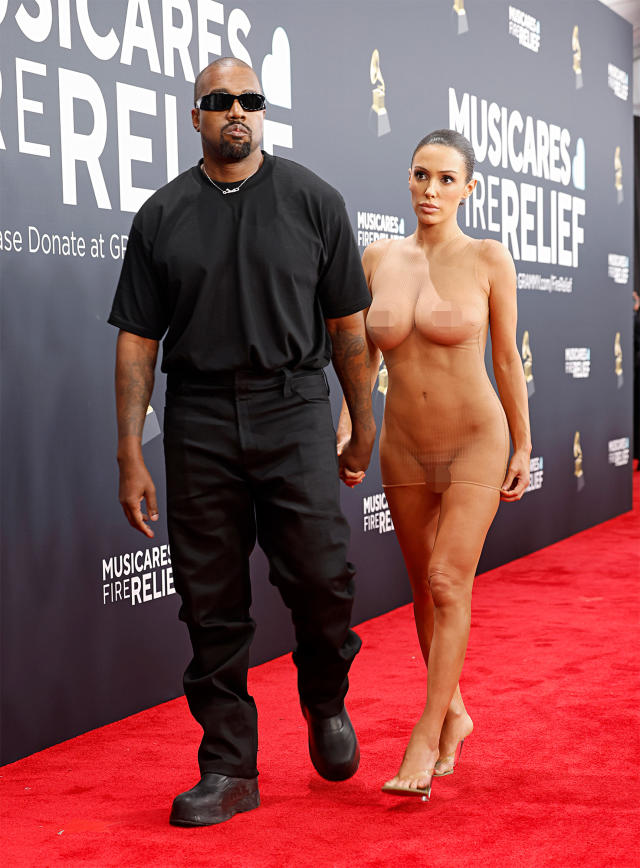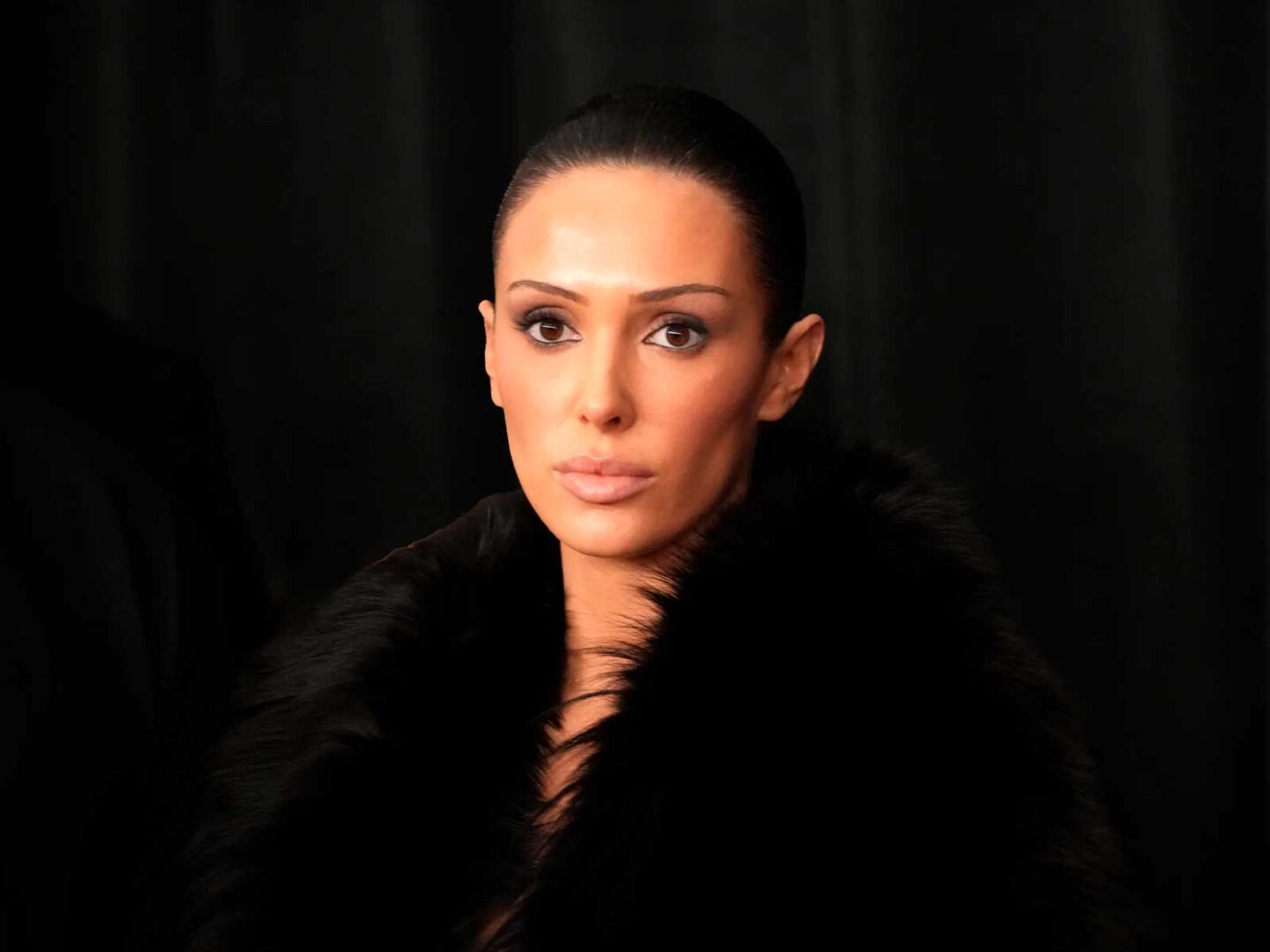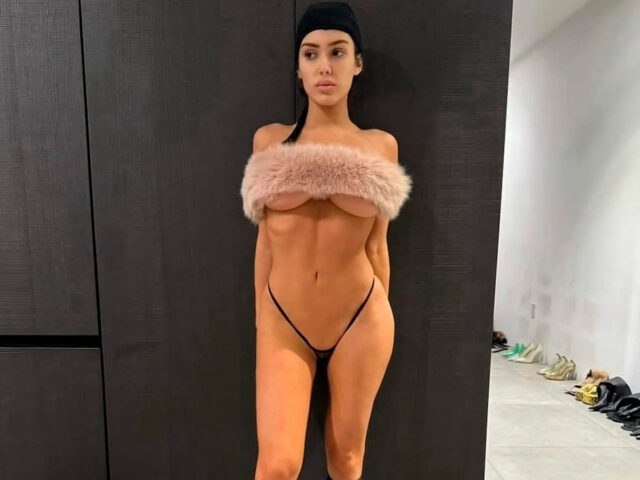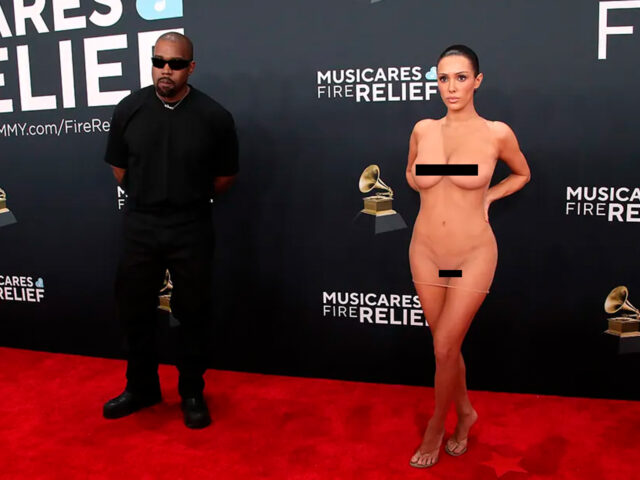Since the Australian architect and designer entered Kanye West’s orbit, Bianca Censori has undergone a profound transformation in terms of her aesthetic. The it-girl has not only attracted attention for her radical makeovers, but has also generated a profound debate about female autonomy. While some have praised her ability to break with the conventions of fashion and beauty, others wonder if her transformation is not more linked to the construction of a provocative image aimed at feeding the personal narrative of Kanye West, whose aesthetic, both in music and fashion, has played with the subversion of limits and taboos. Does Censori represent an example of empowerment, or is she simply another extension of the visual universe that West has created for himself?
The pre-Ye aesthetic
Before her relationship with Kanye West, Bianca Censori maintained a sober and sophisticated visual style, influenced by the trends of the moment, but with an approach clearly aligned with the it-girl aesthetic. Her image was dominated by long, dark hair, perfectly straight, and elaborate make-up, in which sharp contours and neutral tones predominated.
Her look, though attractive, was not far from the style of Kim Kardashian, whose fashion and beauty universe was governed by the same principle: highlighting curves with tight-fitting clothes, face-perfecting make-up and softly falling hair. In this period, Censori was already showing her ability to seduce visually, but she had not yet transcended into a fully defined identity.
Meeting Kanye West
The turnaround in Censori’s image began with his meeting with Kanye West, whose influence on his stylistic choices was immediate and total. The relationship with West brought with it a complete reinterpretation of his aesthetic, guided by the disruptive philosophy of Yeezy, the rapper’s fashion label, which is characterised by defying established norms and seeking a balance between minimalism and provocation.
One of the first changes that marked this period was the transformation of his hair. Censori’s long, dark hair was drastically cut into a platinum blonde pixie, a radical twist that, in a way, detached her from the Kardashian aesthetic and inserted her into a more radical, almost sculptural realm of beauty. The pixie cut not only symbolised a break with her previous image, but also evoked a new version of femininity. This cut, far from the ‘normative’, emphasised her face and features in a raw way, almost devoid of make-up.
The Yeezy aesthetic
As Bianca became part of Kanye West’s world, her aesthetic took an even more radical direction. Yeezy’s style, which promotes a neutral colour palette and simplified shapes, carried over to Censori’s vision of beauty. Rather than highlighting the eyes or lips in a flashy way, her make-up became deliberately minimalist. With a light foundation, a touch of subtle highlighter and nude lips, Censori began to embrace an almost ‘naked’ beauty aesthetic. The lines of her make-up highlighted the bone structure of her face, while haircuts added to the geometry of her image: from short black hair, to a more pink or platinum blonde version.
The concept of performative beauty became central to her image. Censori began to experiment with transparency and exposure of the body, stripping his figure of any unnecessary covering. Opulence ceased to be her primary interest, and in its place emerged a focus on simplicity, deliberate ‘imperfection’, and liberation from traditional canons of beauty. Wearing garments such as sheer tights or stockings, and leaving them exposed, became her premise, challenging the conventions of fashion that concealed the female body.
Beauty as a path to freedom?
Bianca Censori represents a complex case of modern beauty: a muse who plays with the boundaries between empowerment and exploitation. On the one hand, her aesthetic transformation can be read as a seizure of power over her own body, a way of challenging traditional conventions of beauty and subverting industry norms. On the other hand, she could be trapped in a cycle of objectification that, while seemingly free, continues to fuel Kanye West’s visual narrative.
Her aesthetic transformation can be read as a seizure of power over her own body, a way of challenging traditional conventions of beauty and subverting industry norms. On the other hand, she could be trapped in a cycle of objectification that, while seemingly free, continues to fuel Kanye West’s visual narrative.
The fashion and music industry has historically used women’s bodies to create images that fuel consumption, and Censori, while she may appear to be taking control of her image, is necessarily involved in a structure that remains deeply patriarchal, yet ‘progressive’ in its visual discourse. In this way, Censori’s beauty is presented as a paradox: a manifestation of personal empowerment that is at the same time eclipsed by the power dynamics that surround her.
The mystery of Bianca Censori is precisely this: a woman who has been elevated to the status of muse, but whose agency remains a matter of contention: is she really a free muse, or just another piece in Kanye West’s visual chessboard? The answer, perhaps, will never be clear, and that is what makes her figure all the more fascinating and, at the same time, disturbing.

We analyse Bianca Censori’s nude performance at The Grammys 2025.
Sigue toda la información de HIGHXTAR desde Facebook, Twitter o Instagram
You may also like...




